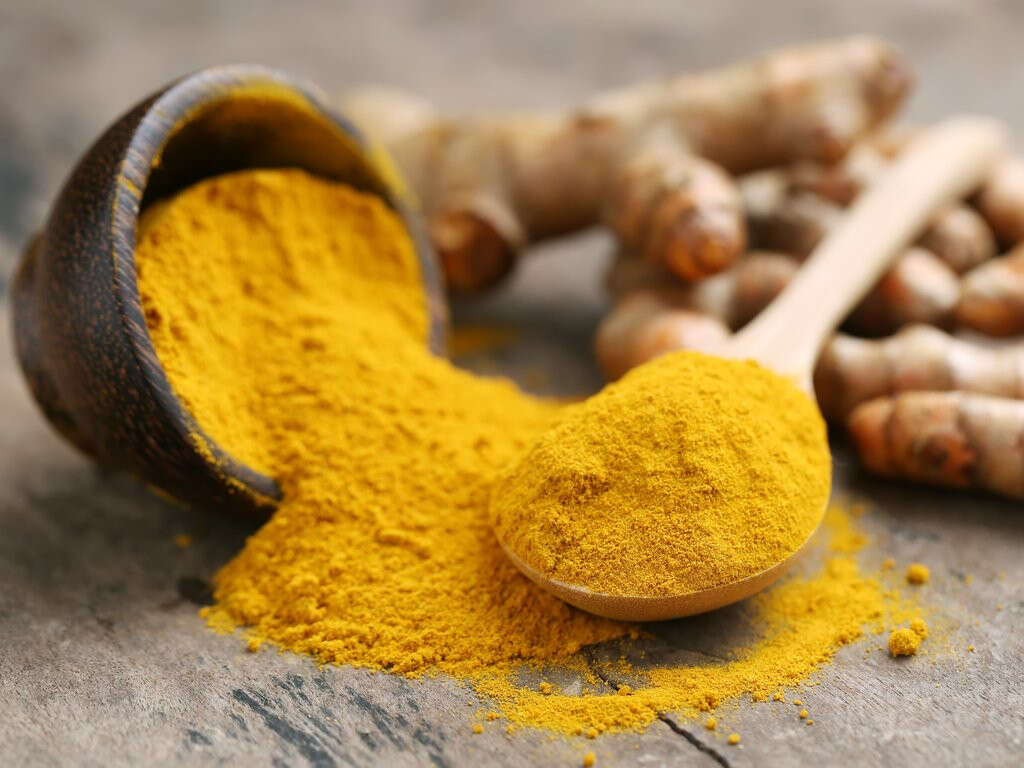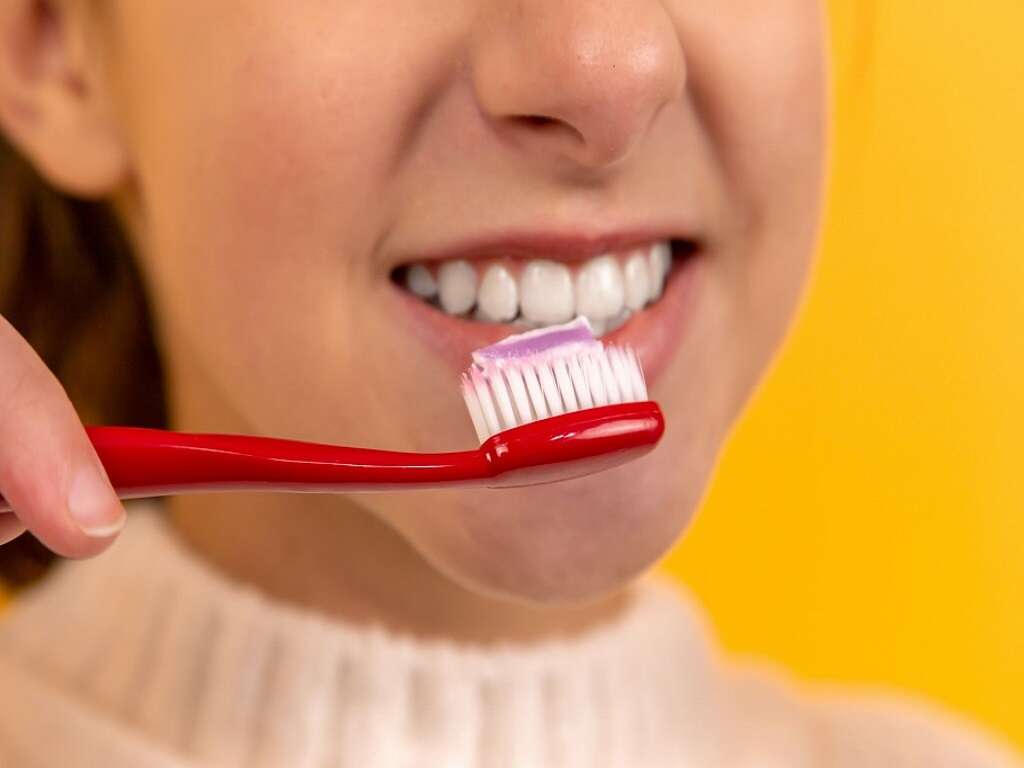What Is Thrush?
Thrush is a fungal infection, and the fungi responsible is common. It can be spread from person to person but, in many cases, the offending fungi was already present and simply grew out of control. It causes a number of symptoms, and there are steps we can take to help prevent it.
Thrush most typically occurs within the mouth or the genitals but it can be anywhere on the body. When in the mouth, thrush is described as white plaque that is difficult to remove from the tongue. A thrush infection of the vagina will appear more as a white and thick discharge. In both cases, thrush is uncomfortable and will require some treatment.
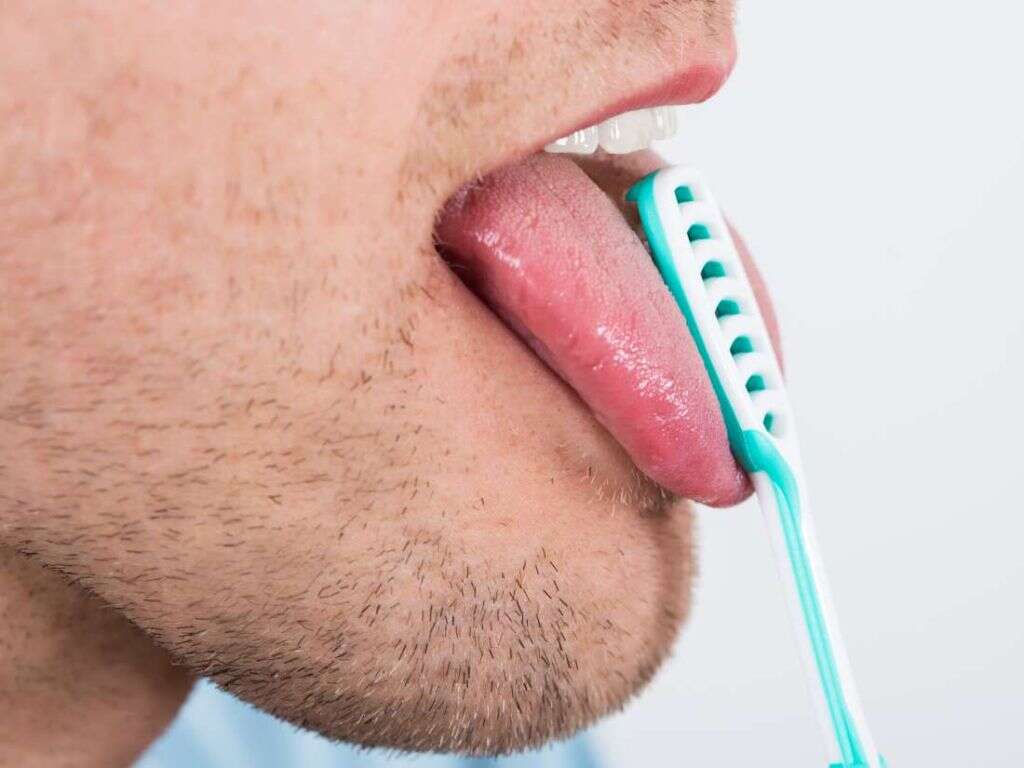
1. Candida Fungus
Fungi are everywhere. If there is a part of your home that is damp, you can expect fungi to take hold and start growing there before long. You will find it on food if you leave it out for too long, and you will even find it in and on our bodies.
One of the latter varieties of fungi is the candida fungus. The candida fungus is, for the most part, completely harmless. Indeed, it is actually quite beneficial most of the time as it plays an important part in the digestion of our food. It can become overgrown, however, and this can lead to a number of problems, one of which is thrush.
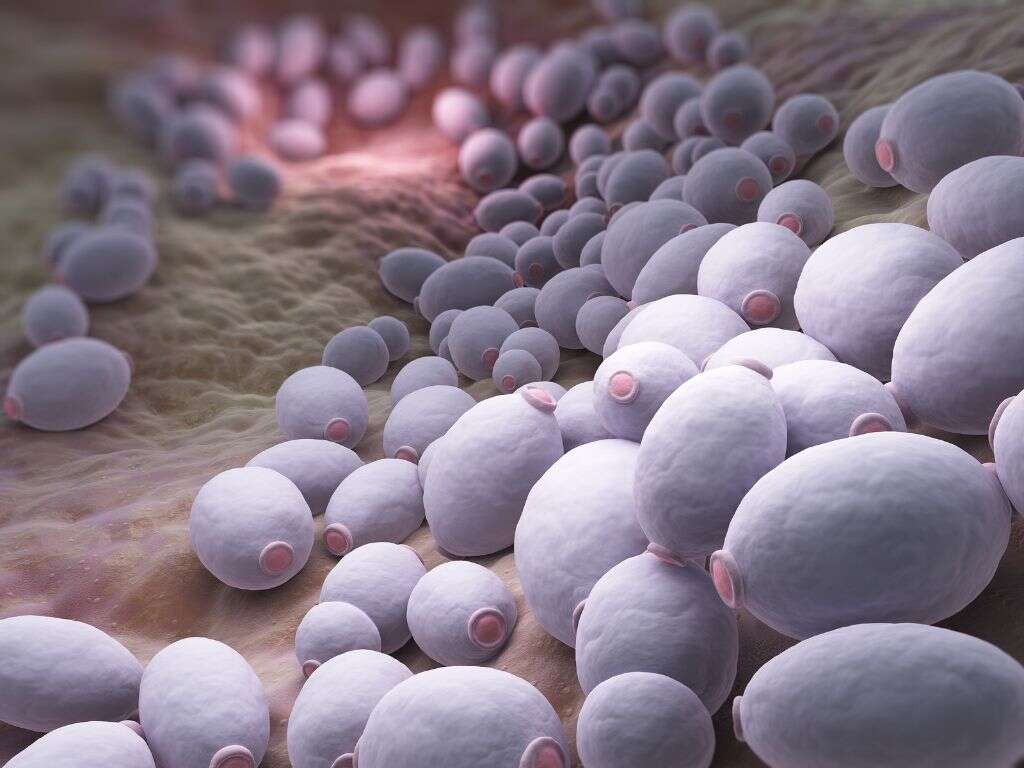
2. Oral Thrush
Candida will often begin to grow excessively in the mouth, and this will cause a number of symptoms. One of these is quite visual as you will be able to see white spots where the candida is located. These spots will appear almost like a semi-liquid, and some people will describe them as having the appearance of cottage cheese.
These areas are also likely to be slightly raised and are also going to be found in different areas of the mouth. They will often appear on the inner cheeks and on the tongue, while they can also appear on the back of the throat, gums, roof of mouth, and tonsils.
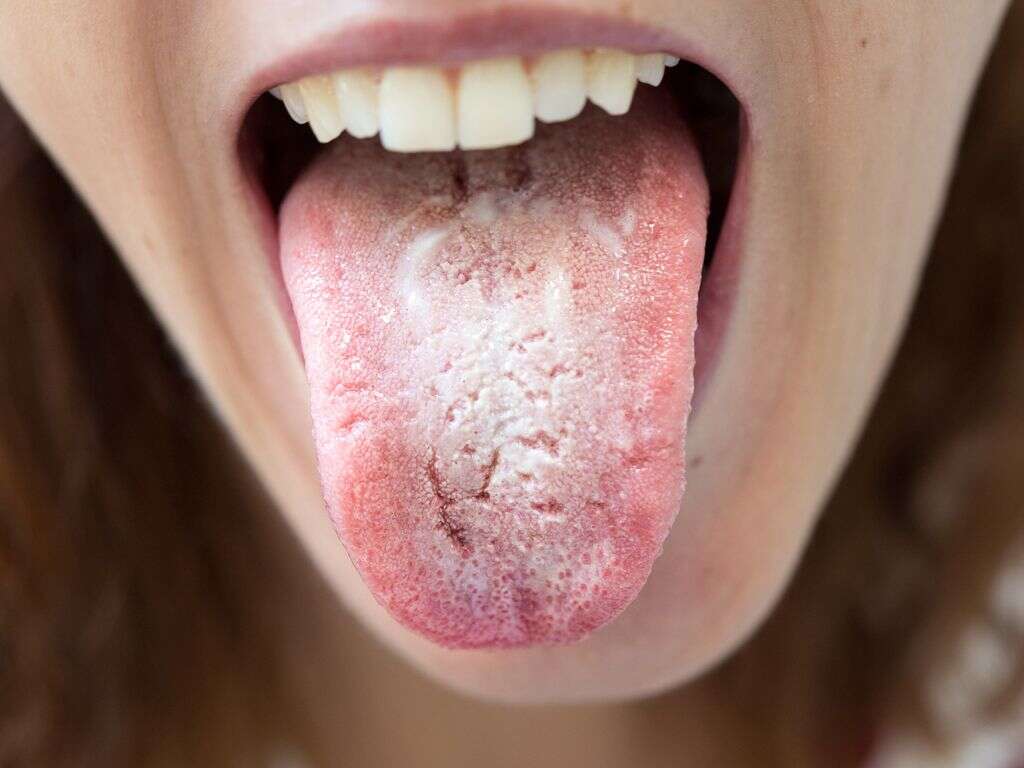
3. Genital Thrush
In addition to oral thrush, the candida fungi can also cause thrush on the genitals. It can affect men and women but it is more likely to occur in women than in men. When it does arise in women, it is often also referred to as a vaginal yeast outbreak.
As with oral thrush, genital thrush can cause white spots on the genital area. It can lead to a white discharge, again with the appearance and texture of cottage cheese. Although it is possible to contract genital thrush through sex with an infected person, it is not classed as a sexually transmitted disease.

4. Painful
Whether located in the mouth or on the genitals, the white spots caused by thrush can be rather painful. It can also be easy to cause them to bleed even when brushing them very slightly. Patients may be tempted to avoid brushing, or to sit in such a way that nothing is brushing against their genitals.
The patient may also experience the sensation that they have something stuck in their throat, and swallowing can also be difficult because it is painful. Sex is also often out of the equation due to the pain involved with genital thrush, whereas even urinating can be painful for the patient.

5. Spreads
Although painful, and maybe also embarrassing, thrush is still usually quite harmless. However, it should still be treated as soon as possible because it can get worse, and it could even cause some potentially severe problems. It can even spread to the body’s organs, and this could leave the patient in rather a lot of difficulty.
If candida is allowed to get out of control, it can spread to the liver, the lungs, and the skin. Most people won’t experience this but it can occur in people who have a weakened immune system, such as those who have cancer or HIV.

6. Diabetes
People who are perfectly healthy can, and often do, develop thrush. However, people who have certain medical conditions are more likely to get it than those that are well. One condition that can increase the patients chances of developing thrush is diabetes. The candida fungi feeds on carbohydrates, which include sugars.
Diabetics will often have higher than normal levels of sugar in their blood, providing a feast for candida. This can cause the fungi to multiply beyond usual levels, thus resulting in conditions like thrush. As mentioned before, other medical conditions like HIV and cancer can also lead to thrush due to a weakened immune system.
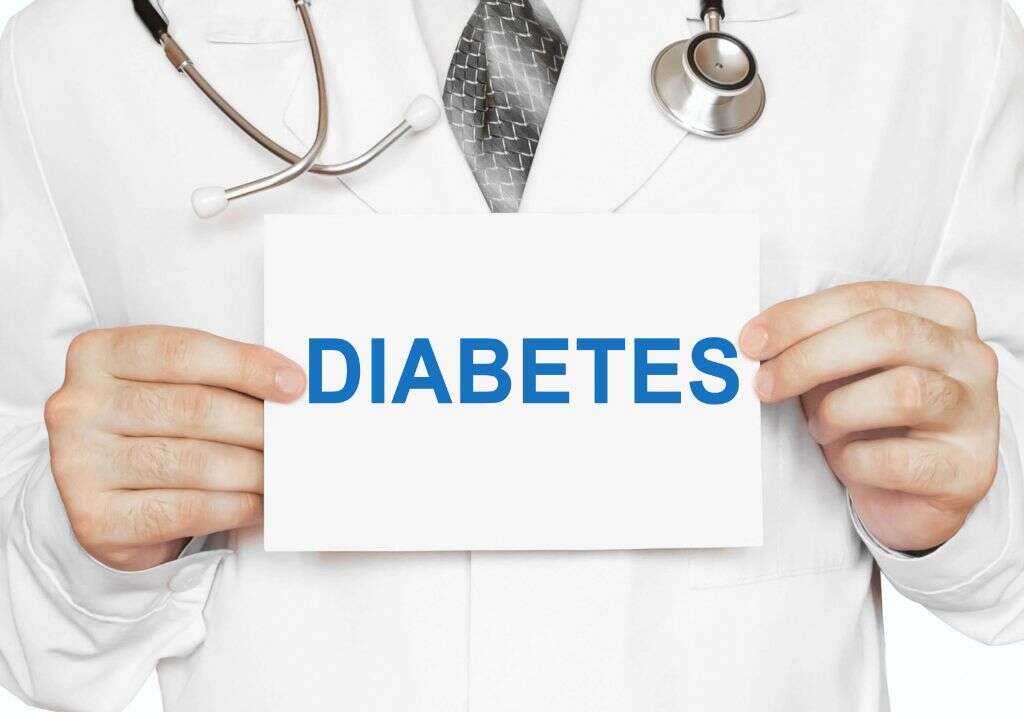
7. Stress
Stress is really very common among people. It is basically a sense of heightened awareness that is a result of certain hormones being released in higher than usual volumes. It can be beneficial in that it keeps us alert when necessary, but it is certainly without its drawbacks.
Ideally, stress should only be temporary, and prolonged periods of stress can be very problematic indeed. It can lead to potentially severe mental and physical health problems, and it can also weaken the immune system. A weakened immune system can mean that somebody that is stressed is more likely to develop thrush.

8. Smoking
The health risks that are involved with smoking are well known and fewer people are smoking now than there were in previous generations. Smoking can be very dangerous to us indeed and is responsible for a lot of cases of lung cancer. If you do smoke too much, you will also increase the risk of developing thrush.
In addition, people who drink too much also increase their chances of developing thrush. Both smoking and drinking are likely to lead to other symptoms, some of which can be severe, so it is best to do both in moderation only, if at all.

9. Prevention
Thrush can occur in just about anybody and for no apparent reason. Having said that, there are still steps that can be taken to make it less likely that it will occur. One of these is hygiene, orally and genitally; although that does not mean that somebody with thrush is necessarily unhygienic.
Other ways to prevent it include trying to reduce stress in your life, which you should try to do anyway regardless of thrush. Managing diabetes, if possible, can also help while generally taking better care of yourself in general can also help lower the chances of getting a thrush infection.

10. Treatment
While thrush is fairly common, the good news is that it is also fairly easy to treat in people who are healthy, regardless of their age. Treatment usually involves antifungal medications that may be in the form of creams to apply on the infected area, or medication that can be taken orally.
In people with weaker immune systems, however, treatment will not be as easy. In some cases, the underlying cause will need to be treated in addition to the thrush itself. If you are not sure, then make sure to speak with a doctor so you can get the treatment that you need.







